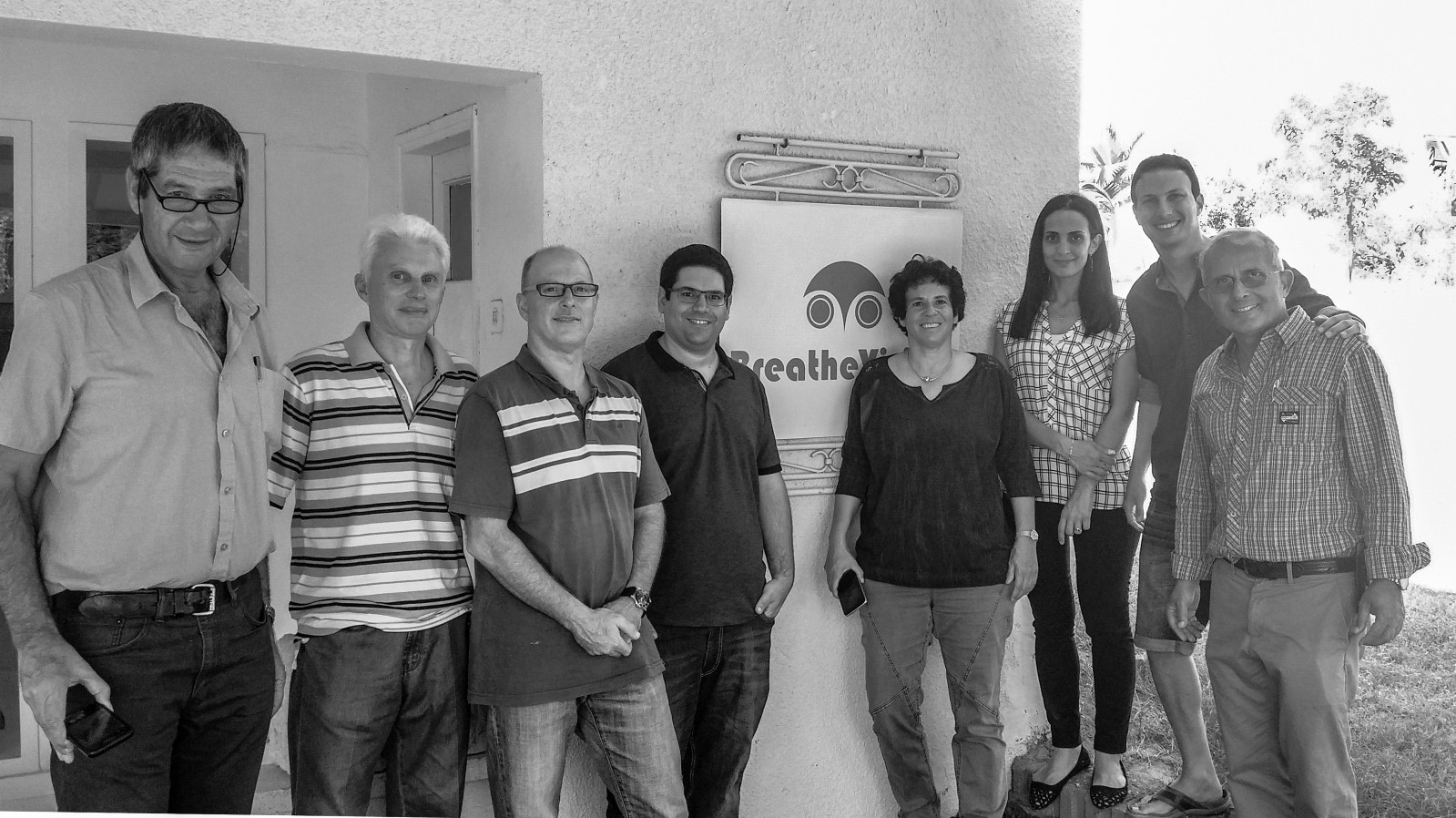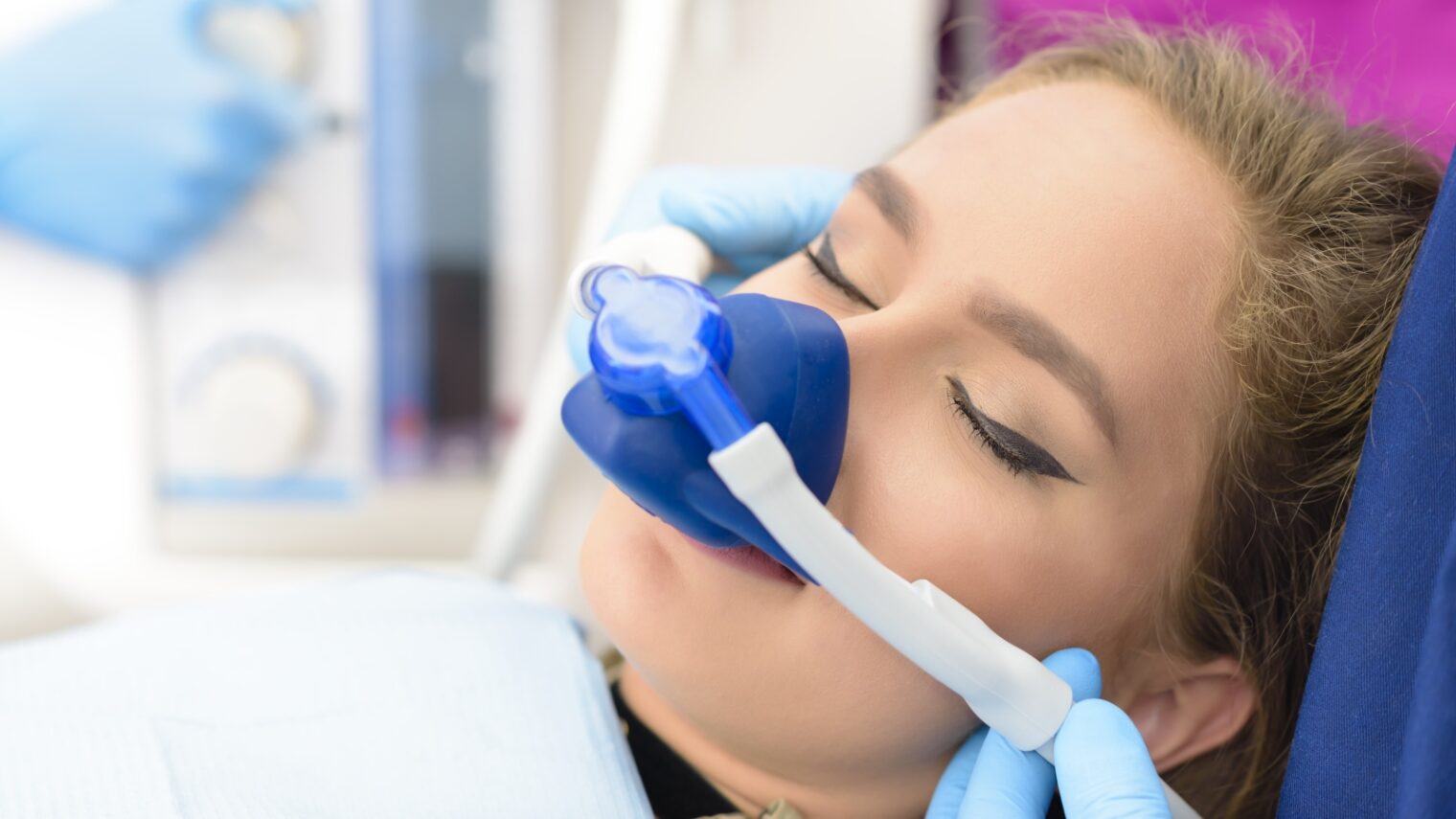Going under sedation for an operation can sometimes be riskier than the surgical procedure itself. It’s not a problem with the anesthetic.
Rather, “drug-induced respiratory depression [not breathing enough] is the primary cause of morbidity associated with sedation and analgesia,” the American Society of Gastroenterology Nurses and Associates reported with alarm in 2016.
Existing medical devices monitor a patient’s breathing rate or the level of oxygen in the blood, but not breathing “volume” – the depth of the breaths. A spirometer can do that, but it requires patient cooperation and cannot be used for continuous monitoring.
An Israeli startup is tackling the breathing gap with a new solution that combines wearables and optics to provide the monitoring that surgeons and anesthesiologists need to keep patients safe in the operating room.
The wearable part of BreatheVision’s SafeSed system consists of EEG-like patches and a belt that can be worn over the clothes. The optics part involves a camera that tracks infrared emitters attached to the belt or patches.
“Scientists have been trying for many years to measure volume from a simple accelerometer,” explains Menashe Terem, BreatheVision’s CEO, referring to the stickers and belts. “But the signal is too ‘noisy.’ Only the combination of optics and wearables can do the job well enough.”
SafeSed’s third component is an alarm system that informs the surgical staff immediately when a patient has a breathing problem. It has to be 99 percent accurate, Terem tells ISRAEL21c, so as not to cause “alarm fatigue” resulting too many alarms or false alarms that will be ignored.
In addition to accuracy, SafeSed is significantly cheaper than anything else in the market. Capnographs, which monitor breathing through carbon dioxide levels, run up to $3,000 per unit; SafeSed will sell for less than $700 when the product comes to market in 2018. That’s because the SafeSed technology is made up of off-the-shelf hardware. The secret sauce is the algorithms that make sense of the data.
The disposables – the parts of the device that touch the patient’s body – cost $5-$6 per patient vs. $15-$30 for disposables used with capnographic monitoring, Terem notes.

BreatheVision has identified its initial target market as the hospital gastroenterology department – with a particular emphasis on monitoring patients undergoing colonoscopy. And while SafeSed can be used anywhere sedation is required, going for the gastro is a smart business decision, Terem says.
“The gastro departments in the hospital or at a clinic are unique in that physicians tend to use their own equipment and do a large number of procedures – often four to six per day,” Terem says. “A gastro physician’s main focus is in looking for polyps or cancer. So he needs good alerts with an easy-to-read display. We don’t require any special training. That makes us very user-friendly.”
BreatheVision has been running a clinical test in the gastroenterology department at Meir Medical Center in Kfar Saba since November 2016.
BreatheVision is entering an already crowded market with a number of players, such as the US-based Respiratory Motion, which offers its own noninvasive approach to respiratory monitoring.
An Israeli company, HealthWatch, makes medical-grade smart clothing with ECG monitors sewn into a wearable tank top. Tel Aviv-based ContinUse Biometrics monitors not only breathing but heart rate and blood pressure by measuring the tiny “nanometric” vibrations the body emits.
Terem is the company’s CEO, but its heart and soul belongs to Ditza Auerbach, who invented BreatheVision’s technology and is the company’s CTO. “She’s leading R&D,” Terem says, “but practically, she’s leading the company.”
Auerbach, a physicist with a PhD from the Weizmann Institute, worked for 11 years at Applied Materials heading up the imaging and machine learning teams, as well as at Aspect Imaging where she wrote algorithms for advanced MRI systems.
BreatheVision is small – founded in 2013, it has eight employees. Terem works part-time, still holding onto his job as the head of Tri-logical Technologies, a company selling tracking equipment for trains, buses and fleets. Before that, he led the medical device company Common Sense.
The company’s offices are in Kibbutz Yad Mordechai, close to the border with the Gaza Strip, which allows BreatheVision to receive 75 percent of its budget from the Israeli Innovation Authority.
The long-term market for BreatheVision’s SafeSed is quite large. In the United States alone, “the sedation market has 60 million cases per year,” Terem says. Monitoring in the recovery room, post-operation, reaches up to 230 million annual cases.
Ultimately, Terem hopes BreatheVision will be able to manufacture an inexpensive device for home use. It would be ideal “for monitoring sleep apnea, for seniors who have difficulties breathing, for people suffering from COPD [chronic obstructive pulmonary disease], for patients who take opioid pain killers once or twice a week which can cause their breathing to become depressed, for babies who have a simple cold where their parents don’t want to sit up all night and watch their child,” Terem says.
For more information, click here.














